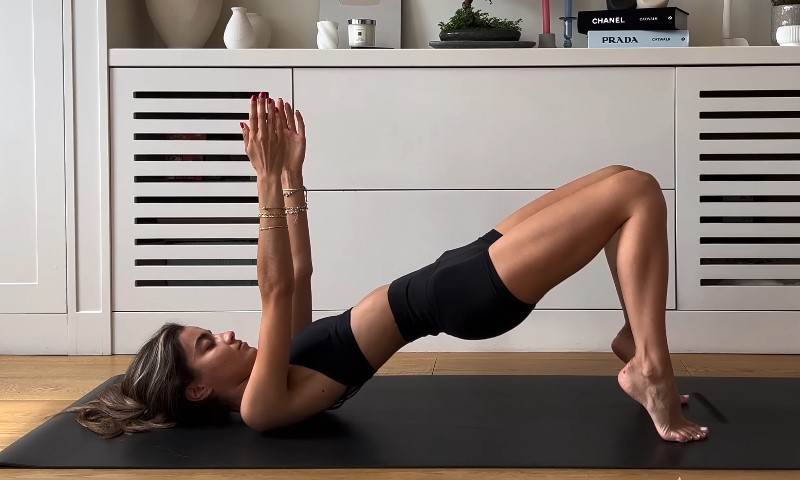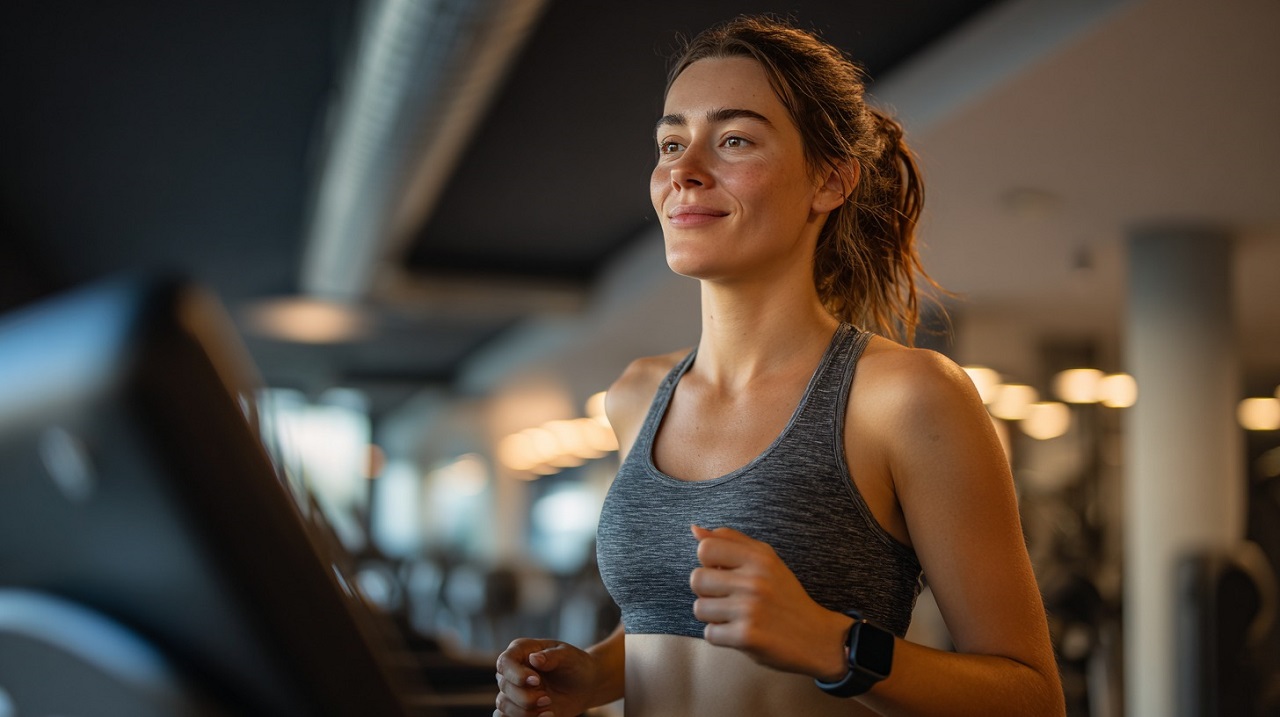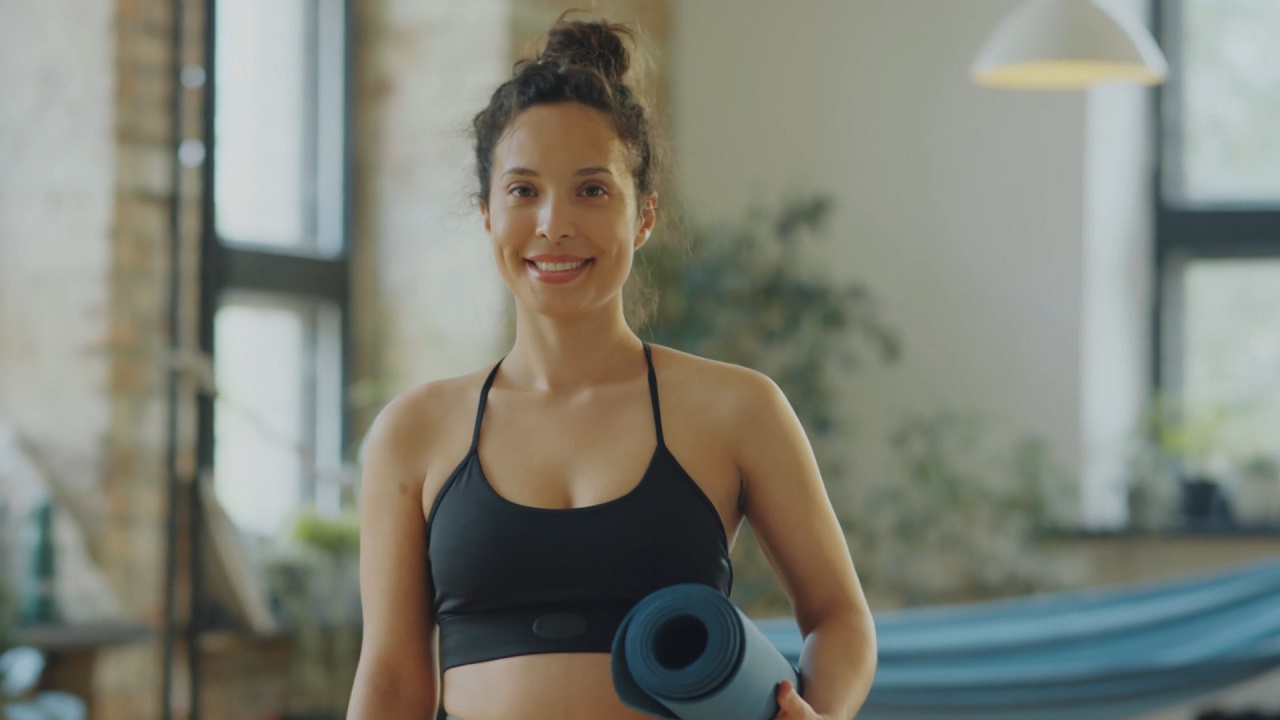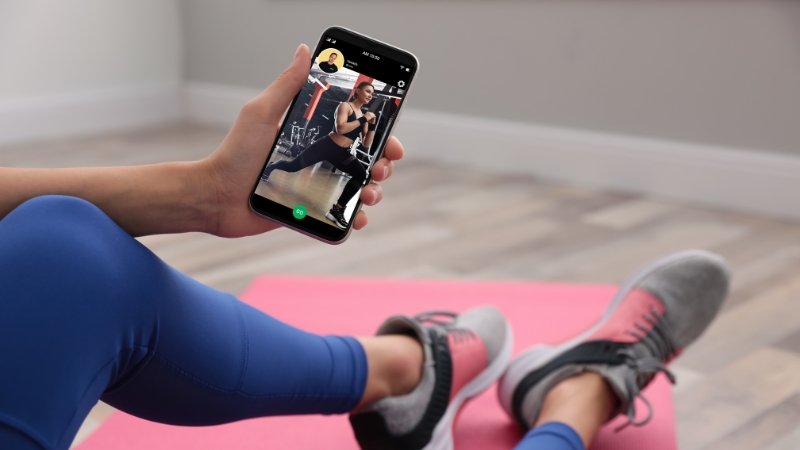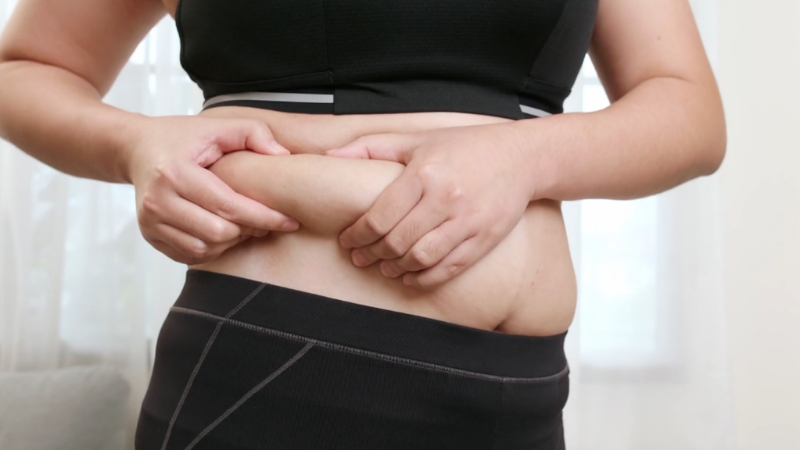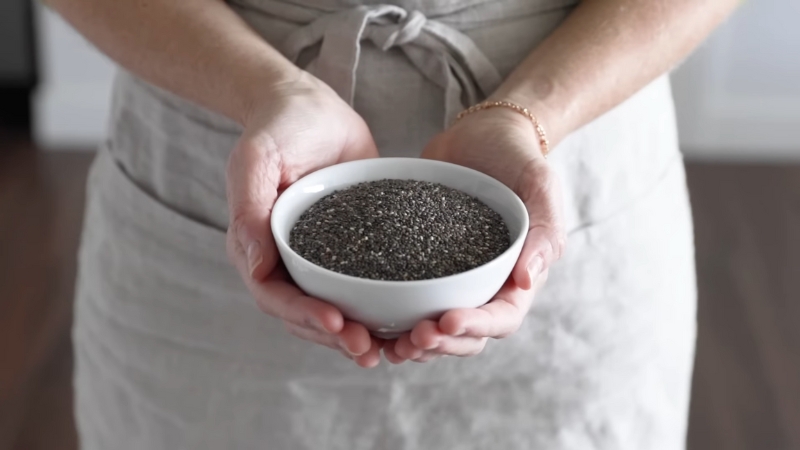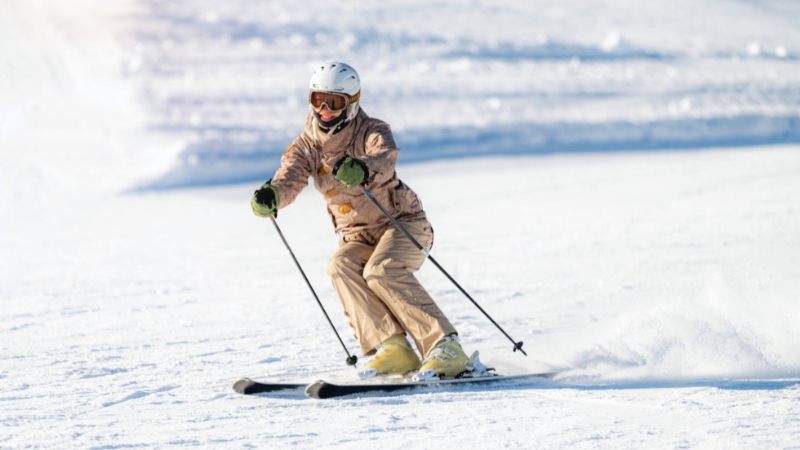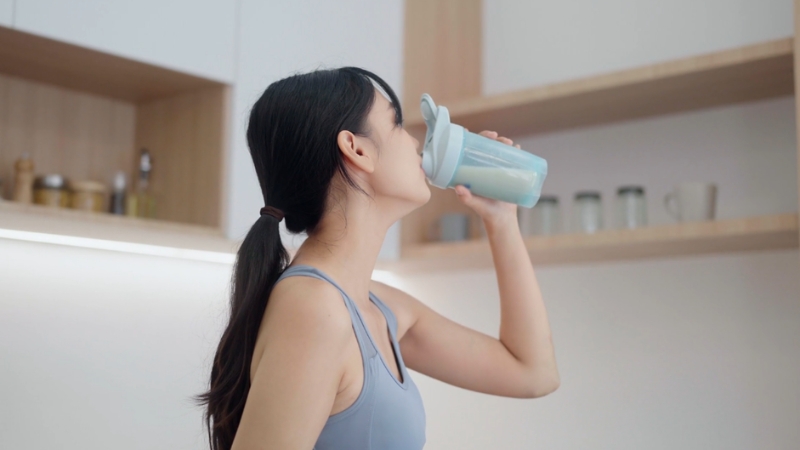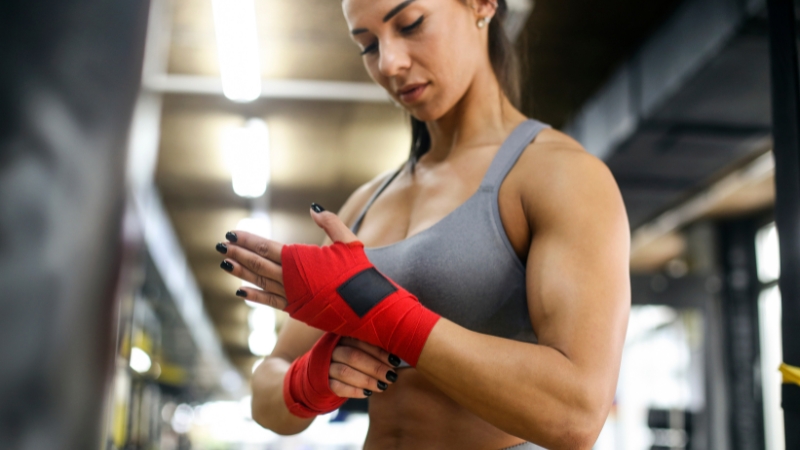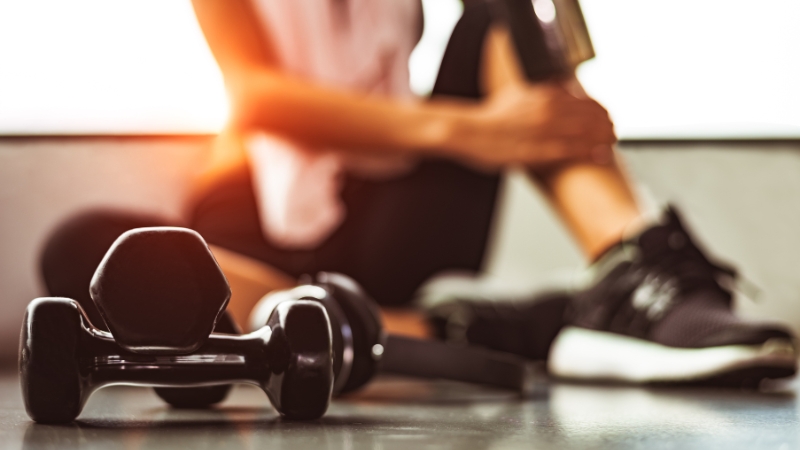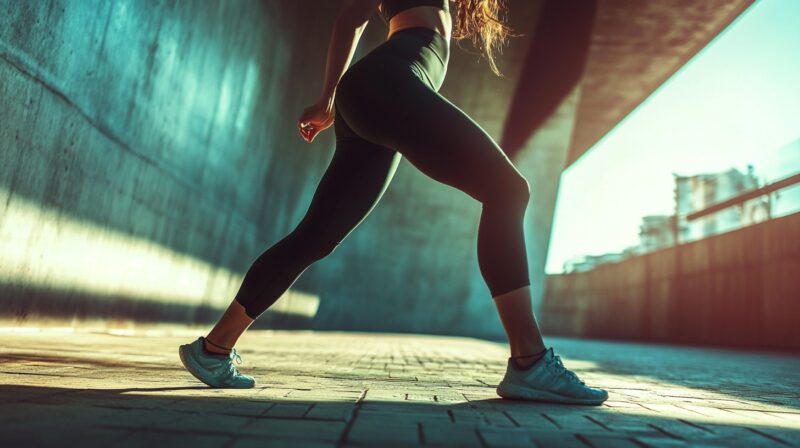
Share Post:
Leg presses are excellent for building lower body strength, but not everyone has access to a leg press machine at home.
Fortunately, there are effective alternatives that can deliver similar benefits without specialized equipment.
The best leg press alternatives for home workouts target the same muscle groups, including the quadriceps, hamstrings, and glutes, while also engaging your core for stability.
These exercises can be performed with minimal equipment, making them ideal for home training sessions.
1. Squats
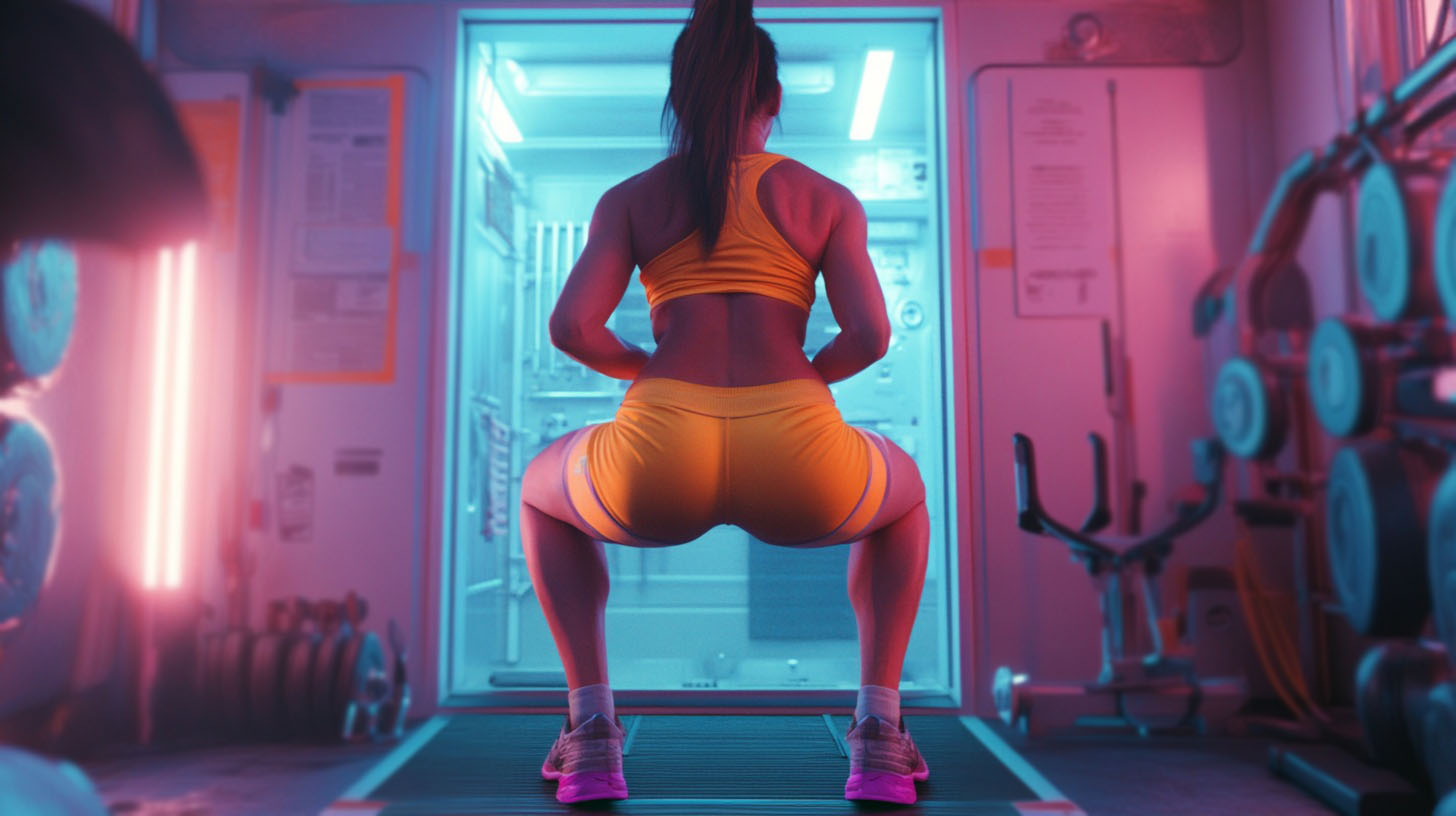
Bodyweight Squats
Bodyweight squats are an excellent starting point for those new to squatting. Stand with your feet shoulder-width apart, toes slightly pointed outward. Lower your body as if sitting back into a chair, keeping your chest up and core engaged.
Aim to get your thighs parallel to the ground or lower. Push through your heels to return to the starting position.
To increase difficulty, try:
- Slowing down the eccentric (lowering) phase
- Adding a pause at the bottom of the movement
- Performing single-leg squats or pistol squats
Goblet Squats
Goblet squats add weight to the basic squat movement, increasing resistance and muscle engagement. Hold a dumbbell or kettlebell close to your chest with both hands, elbows pointing down.
Stand with feet slightly wider than shoulder-width. Lower your body, keeping your back straight and core tight. The weight will help you maintain balance and proper form.
Key points:
- Keep your elbows between your knees at the bottom
- Maintain a neutral spine throughout the movement
- Start with a lighter weight to perfect your form
Overhead Squats
Overhead squats challenge your stability and engage your entire body. Hold a barbell or lightweight above your head with arms fully extended. Your feet should be slightly wider than shoulder-width apart.
Lower your body into a squat position while keeping the weight overhead. This exercise requires significant shoulder mobility and core strength.
- Improved core stability and balance
- Increased shoulder mobility and strength
- Enhanced overall body coordination
Start with a lightweight or even a broomstick to master the technique before progressing to heavier loads.
2. Lunges:
Forward Lunges
Forward lunges primarily engage your quadriceps, hamstrings, and glutes.
- Stand with your feet hip-width apart.
- Take a large step forward with your right leg.
- Lower your body until both knees are bent at 90-degree angles.
- Push back to the starting position and repeat with the left leg.
Forward lunges help improve balance and stability while strengthening your leg muscles. They also enhance hip mobility and core engagement.
You can hold dumbbells or a barbell while performing the exercise to increase difficulty. Start with 2-3 sets of 10-12 repetitions per leg.
Reverse Lunges
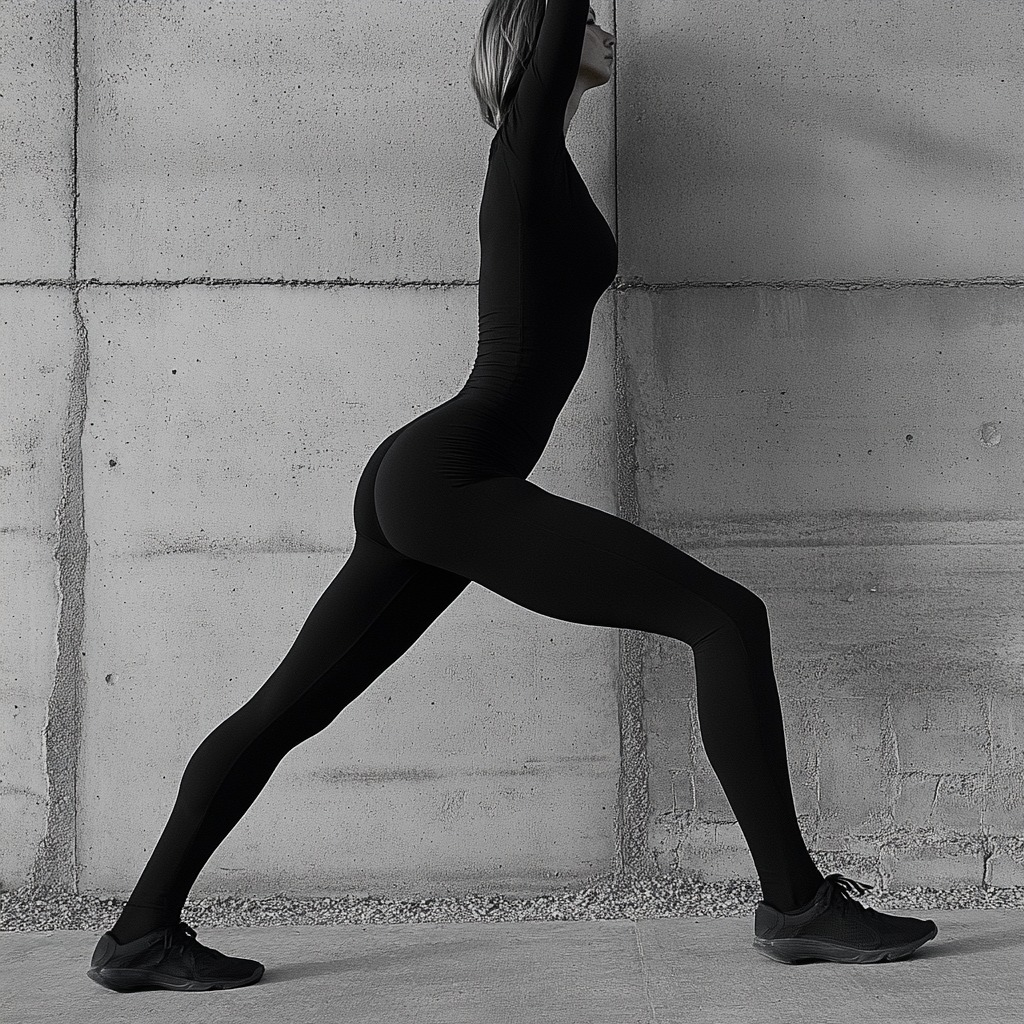
Reverse lunges work similar muscles as forward lunges but place less stress on your knees. Just like side lunges, they’re an excellent option if you have knee issues or want to vary your routine.
- Stand with your feet together.
- Step backward with your right foot.
- Lower your body until both knees are bent at 90-degree angles.
- Push through your left heel to return to the starting position.
This variation helps improve your balance and coordination. It also targets your glutes more intensely than forward lunges.
Try 3 sets of 8-10 repetitions per leg. As you progress, add weights or increase the number of reps.
Walking Lunges
Walking lunges combines the benefits of forward lunges with continuous movement, providing a more dynamic workout. They’re great for improving cardiovascular fitness and leg endurance.
- Start with your feet hip-width apart.
- Take a large step forward with your right leg and lower into a lunge.
- Instead of returning to the starting position, bring your left foot forward into the next lunge.
- Continue alternating legs as you move forward.
This exercise challenges your balance and coordination while working your leg muscles. It’s an excellent way to build lower body strength and improve your overall fitness.
Aim for 2-3 sets of 10-15 steps per leg. As you get stronger, increase the distance or add weights to make the exercise more challenging.
3. Step-Ups
Traditional Step-Ups
Traditional step-ups are a simple yet effective exercise for strengthening your legs. You’ll need a sturdy box, bench, or step to perform them.
Start by standing in front of the elevated surface. Place your right foot firmly on top of it. Push through your right heel to lift your body up until your right leg is fully extended.
Bring your left foot up to meet the right foot on the platform. Slowly lower your left foot back down to the starting position. This completes one repetition.
Aim for 3 sets of 10-15 reps per leg. As you progress, you can increase the height of the step or hold dumbbells to add resistance.
Lateral Step-Ups
Lateral step-ups add a new dimension to your workout by targeting your outer thighs and hips. This variation helps improve stability and balance.
Begin by standing sideways next to your chosen platform. Place the foot closest to the step onto its surface. Push through this foot to lift your body up, bringing your other foot to meet it on top.
Lower your starting foot back down to the ground in a controlled manner. Complete all reps on one side before switching to the other leg.
Start with 2-3 sets of 8-12 reps per side. Focus on maintaining proper form and balance throughout the movement. As you get stronger, you can increase the step height or add weights for an extra challenge.
4. Bulgarian Split Squats
- Stand about 2-3 feet in front of a bench or sturdy chair
- Place one foot behind you on the elevated surface
- Lower your back knee towards the ground
- Push through your front heel to return to the starting position
Aim for 3 sets of 8-12 reps per leg. Increase difficulty by holding dumbbells or a weighted backpack.
Bulgarian split squats offer several benefits:
- Enhance single-leg strength and stability
- Improve hip mobility and flexibility
- Target muscles unilaterally, addressing imbalances
If you find Bulgarian split squats challenging, try regular split squats first. These work similar muscle groups but provide more stability as both feet remain on the ground.
For added variety, consider these variations:
- Pulse at the bottom of the movement
- Add a jump as you stand up
Remember to maintain proper form throughout the exercise. Keep your front knee aligned with your toes and your chest up. Start with bodyweight before adding external loads.
5. Home Deadlifts
Romanian Deadlifts
Romanian deadlifts focus on the posterior chain, particularly the hamstrings and glutes. To perform this exercise, start with a barbell or dumbbells at hip level.
Hinge at the hips, keeping your back straight and knees slightly bent. Lower the weight along your legs until you feel a stretch in your hamstrings.
Engage your glutes and hamstrings to return to the starting position. Keep the bar close to your legs throughout the movement.
- Improved hip mobility
- Increased hamstring flexibility
- Enhanced lower back strength
For optimal results, aim for 3-4 sets of 8-12 repetitions.
Single-Leg Deadlifts
Single-leg deadlifts challenge your balance while targeting each leg individually. This variation helps address muscle imbalances and improves stability.
Start by standing on one leg, holding a dumbbell or kettlebell in the opposite hand. Hinge at the hip, extending your free leg behind you for counterbalance.
Lower the weight towards the floor while keeping your back straight. Your body should form a “T” shape at the bottom of the movement.
Return to the starting position by engaging your glutes and hamstrings. Maintain control throughout the exercise to maximize its effectiveness.
- Keep your standing knee slightly bent
- Maintain a neutral spine
- Focus on hip hinge movement
Perform 2-3 sets of 8-10 repetitions per leg.
This exercise enhances core stability and promotes better balance in your lower body strength.
Related Posts:


